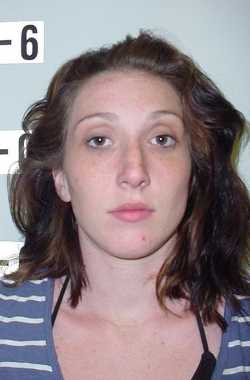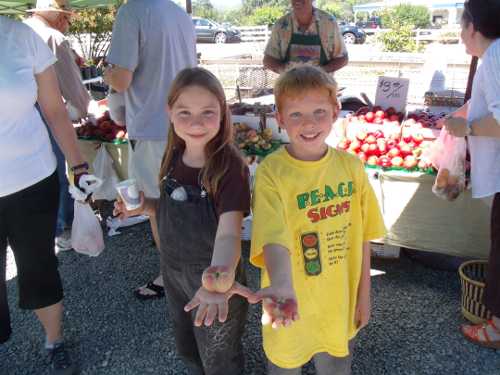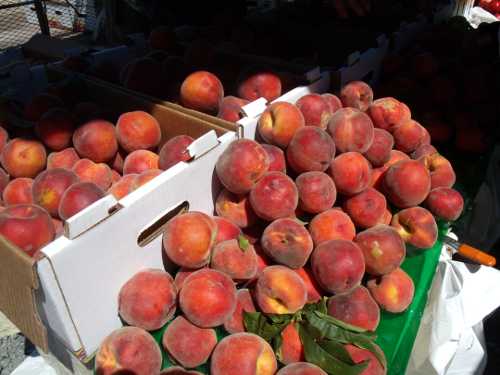- Elizabeth Larson
- Posted On
State controller's latest data release details thousands of high-paying state jobs
Chiang's report is the latest step in a massive roll out of salary information for local and state government employees and elected officials that he began last fall.
The effort was prompted by the discovery of inflated salaries for officials in the Southern California city of Bell.
The information can be found at the Government Compensation in California Web site, www.sco.ca.gov/compensation_search.html.
The information released on Chiang's Web site on Tuesday shows the salary, pension benefits and other compensation for 256,222 state of California employees as well as 123,406 California State University (CSU) employees.
Chiang's office said the database does not include state positions that are not paid by the controller, including the staff of legislators and staff of the lieutenant governor, the Department of Food and Agriculture's agriculture associations and Division of Fairs and Expositions, the University of California and California Community Colleges.
Based on the data, approximately 1,357 state employees make $200,000 or more a year, with many of the top salaries held by physicians and other health officials in the state prison system.
Among California State University employees, 69 – mostly top administrators – made $200,000 or more, according to an analysis of the data.
On Tuesday afternoon Chiang's office reported that the figures on the Web site reflected some incorrect information – in particular, that the state's top earner by taxable wages made $838,706 in calendar year 2010.
Spokesman Jacob Roper said that amount was not paid to an individual for state service, and that the data was being reviewed and would be updated.
Based on that correction, the data showed the top state wage earner was a physician and surgeon for the High Desert State Prison in Susanville. That doctor received $777,423, well above the position's annual salary of $235,740.
Other members of the top 10 wage earners among state employees for 2010 included:
– The physician and surgeon for the Northern California Youth Center in Stockton, paid $736,378, above the annual salary of $248,172.
– The chief dentist of the Sierra Conservation Center correctional facility in Tuolumne County, paid $599,403 (salary range, $303,060 to $334,140).
– The staff psychiatrist for the Vacaville-based California Medical Facility's correctional and rehabilitative services, paid $582,609 (salary range, $228,624 to $260,952).
– The chief risk officer of the State Compensation Insurance Fund, paid $561,072 (annual budgeted salary, $288,000).
– The chief investment officer of the Public Employees' Retirement System, paid $548,152 (salary range, $408,000 to $612,000).
– The physician and surgeon for the California Correctional Institution in Tehachapi, paid $536,955 (annual budgeted salary, $223,344).
– The physician and surgeon for the Mule Creek State Prison in Ione, paid $534,527 (annual budgeted salary, $235,740).
– California Prison Health Care System medical executive, paid $508,140 (salary range, $240,000 to $412,080).
– President of the California Institute for Regenerative Medicine, paid $482,234 (salary range, $285,996 to $529,092).
Among educators in the CSU system, the state chancellor was the highest paid, receiving $399,326. That position's annual maximum salary is $421,500; no minimum salary was listed.
Other top 10 wage earners among educators were presidents of the various state universities, with all of those presidents having an annual salary range of $223,584 to $350,004.
They included No. 2, president of CSU Los Angeles, $372,461; No. 3, president of CSU San Francisco, $356,366; No. 4, an administrator IV at State Polytechnic University, San Luis Obispo, $356,330 (salary range, $89,844 to $258,168); No. 5, president of CSU Sacramento, $351,541; No. 6, president of CSU Humboldt, $343,862; No. 7, president of CSU San Bernardino, $337,215; No. 8, president of CSU Channel Islands, $333,507; No. 9, president of CSU Bakersfield, $332,845; and No. 10, president of CSU Sonoma, $331,359.
All of those are higher than Gov. Jerry Brown's salary, which was not listed in the study but is reported to be $173,987, according to The Book of the States 2010.
Last October, Chiang collected and posted wage information for more than 600,000 city and county employees. He also added 2,379 special districts’ payroll earlier this year, as Lake County News has reported.
For each position the Web site includes minimum and maximum salary ranges; actual wages paid; the applicable retirement formula; any contributions by the employer to the employee’s share of pension costs; any contributions by the employer to the employee’s deferred compensation plan; and any employer payments for the employee’s health, vision and dental premium benefits.
In addition, the Web site shows employees who hold multiple positions within either state government or the CSU system.
The Controller's Office said it is continuing to update the site weekly with new information from local government agencies.
All counties have complied with the reporting requirements, with only two cities – Fort Jones and Tulelake – listed as noncompliant, according to the site.
Among the numerous special districts around the state that have not filed salary and compensation reports three are located in Lake County – Scotts Valley Water Conservation District, Reclamation District No. 2070 and Villa Blue Estates Water District.
Chiang's office said noncomplying agencies can face penalties of $5,000.
E-mail Elizabeth Larson at This email address is being protected from spambots. You need JavaScript enabled to view it.. Follow Lake County News on Twitter at http://twitter.com/LakeCoNews, on Tumblr at www.lakeconews.tumblr.com, on Facebook at http://www.facebook.com/pages/Lake-County-News/143156775604?ref=mf and on YouTube at http://www.youtube.com/user/LakeCoNews.

 How to resolve AdBlock issue?
How to resolve AdBlock issue? 











